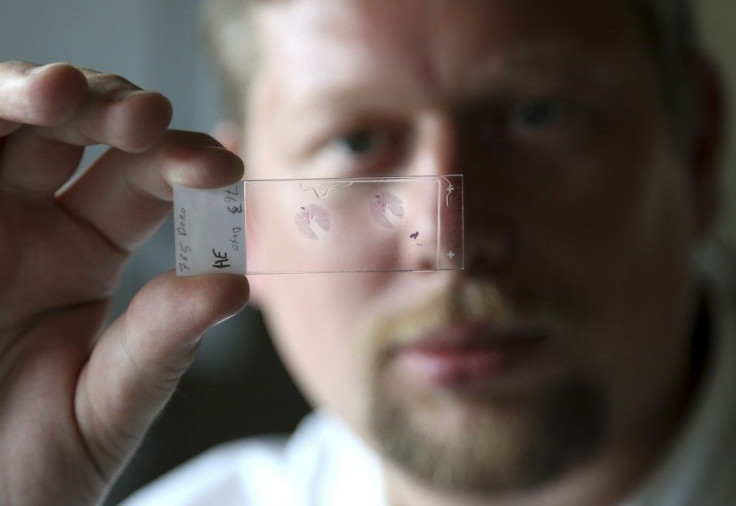Heat Procedure Used to Remove Jack Campanile’s Tumour

A benign tumour has been removed from the hip of 16-year-old Jack Campanile without surgery or radiation. The tumour was removed using a "cutting-edge heat procedure" that makes invasive surgery unnecessary.
Jack Campanile of Brampton, Ont, who has been suffering from an extremely painful benign tumour near his hip, called osteoid osteoma, is the first patient whose tumour has been removed using high intensity focused ultrasound (HIFU). The highly sophisticated procedure, which took half a day, was done at the Hospital for Sick Children in Toronto two weeks ago. Magnetic resonance imaging was first used to pinpoint the tumour. Then, with the help of an MRI machine, high-intensity focused ultrasound (HIFU) waves were used to burn the tumour.
"It was like somebody Charlie-horsing me over and over again or somebody having my femur bone over top of their knee and trying to shape it into a hockey blade," said Campanile in an interview with CNBC News. "I couldn't sit still and on a scale of one to 10, it was definitely an eight or a nine," added the young boy, explaining the acute pain that he suffered due to the tumour.
Inspite of the unbearable pain, Campanile did not want a surgery cutting into his bone. When the doctors at the hospital informed him about the non-invasive procedure and told him that he will be the first person in North America to undergo the procedure, Jack and his father Tony Campanile immediately agreed. "I was very interested how it would work and how it wouldn't have an incision on the surface of the skin," said Jack Campanile, who is "tumour free." He was able to return home the very next day and resume his work without any pain.
Dr Michael Temple is an interventional radiologist and led the team that conducted the highly sophisticated procedure on ampanile. Speaking about the future of this unique procedure, Temple said that "MRI guided focused ultrasound" is a major breakthrough in the treatment of osteoid osteoma. "The fact that we've moved from an open surgical procedure to a minimally invasive procedure to a completely non-invasive procedure is really why I think this treatment is important," said Temple. He hopes that with this success, they can now use the technology in treating both benign and malignant tumours in children.






